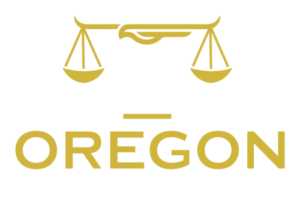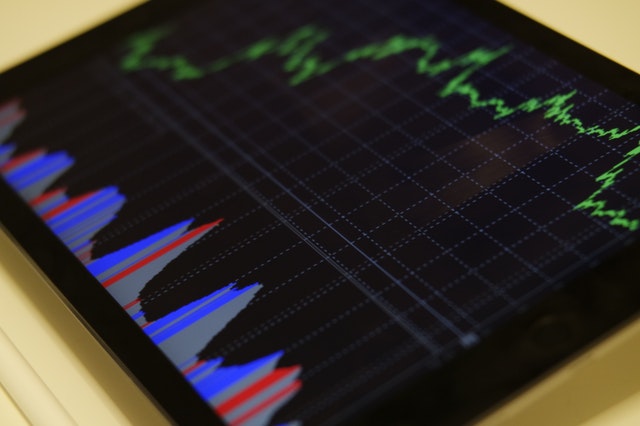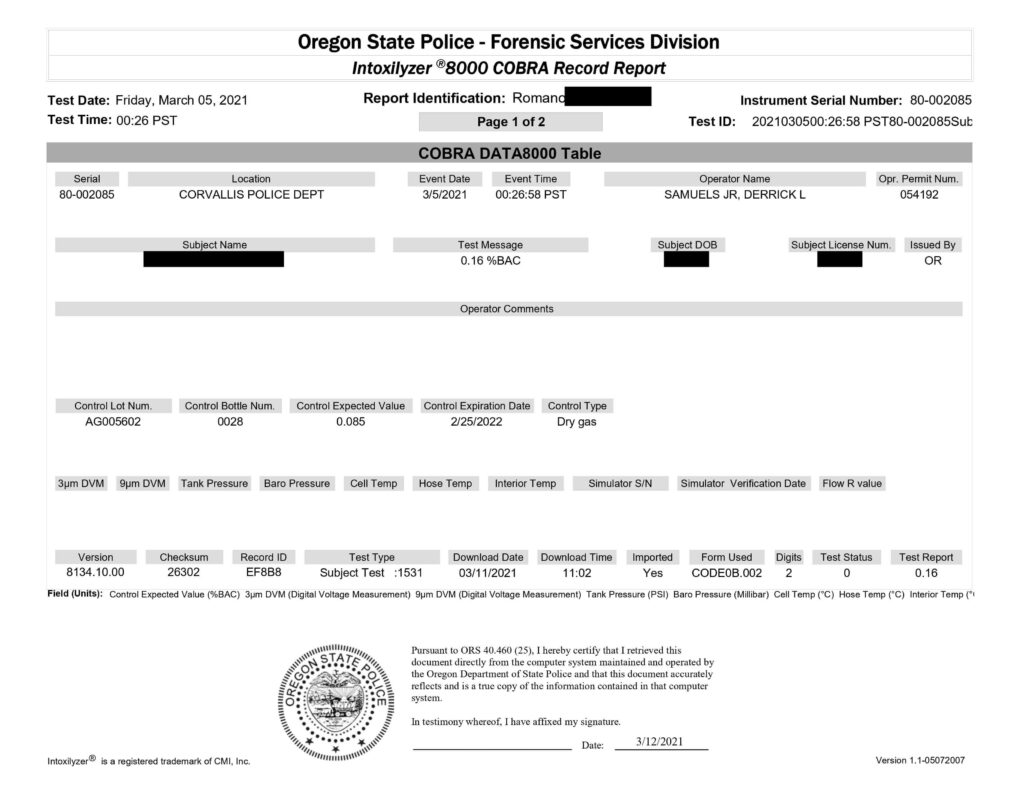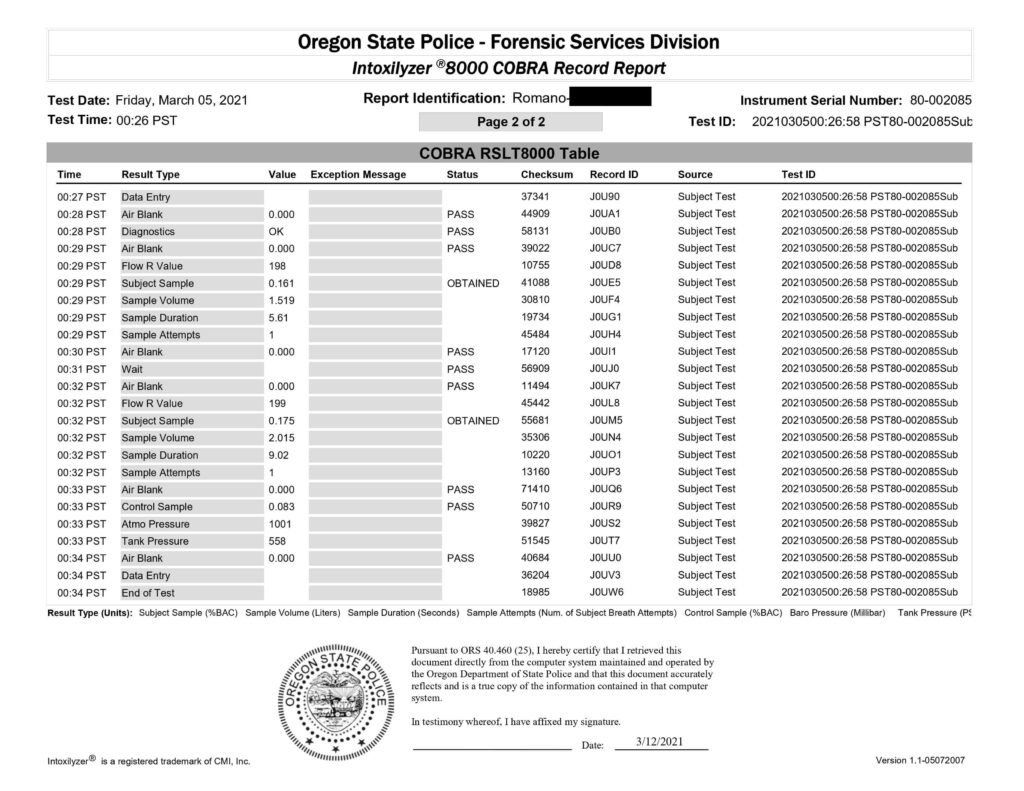COBRA Data in DUI Cases
In DUI investigations in Oregon and several other states that use the Intoxilyzer 8000 breath testing machines, data is kept by the machines for downloading and review and analysis later. The name for this data is “COBRA data” and it’s an abbreviation for Computer Online Breath (BrAC) Archives.
“Oh, You Got A DUI? What Did You Blow?”
When most people hear that a friend or acquittance received a DUI, they want to know what the person blew. Meaning, the numeric reading of the breath test estimation (blood-alcohol concentration or BAC) is all the person wants to hear in order to gauge whether the person who received the DUI was in the right or wrong. To any investigator or attorney familiar with DUI cases, there is a whole lot more to a DUI than a one-time breath test estimation.
What Can COBRA Data Tell You About Your DUI Case
In all Oregon DUI cases, the accused is entitled to what’s called “discovery.” That is essentially copies of whatever the government has on the accused, and intends to use for prosecution. Things like police reports, videos, photos, audio recordings, and lab reports. In DUI cases, there is a breath test report card generated by the Intoxilyzer 8000, and that is also provided as part of discovery. But the breath test report card is only a brief summary of the breath test process. The COBRA data can tell you much more.
Things that the COBRA data will tell you:
- The time that everything took place. From data entry into the machine (e.g. operator’s identity, the test subject’s identity, the accused driver’s license number and date of birth, etc), to the diagnostic testing of the machine, the first breath test sample, the second breath test sample, etc.
- The pressure and status of the control group (the dry gas canister attached to the machine which is supposed to provide a known sample of 0.085% ethanol by weight).
- The number of sample attempts (e.g. whether someone blew only twice as instructed, or struggled and blew several times).
- The length of the sample blow (e.g. did someone blow for a few seconds, or several).
- The volume of air that someone blew during each sample (e.g. 1.1 liters of air vs 3.5 liters of air).
Here’s an example of what COBRA data actually looks like:
How COBRA Data Can Help You Beat Your DUI Case
Because of the level of detail that COBRA data provides, it can tell you a lot more about the breath testing process than simply the average estimate for breath alcohol.
There are too many fact patterns and variables to cover every conceivable situation in which COBRA data could help defend you in a DUI cases, but here are a few examples:
- Whether the blood alcohol reading was rising or falling. This could help considerably with what is called “retrograde extrapolations” done by the prosecution to suggest your BAC was actually higher while driving.
- Whether there were inconsistent readings between the first and second test.
- Whether there were error code or exception messages for the test.
- In a case where a test subject is accused of trying to avoid the breath test, stalling, or fake problems with the testing, the COBRA data can show if there were breath sample attempts, how many, and for how long. This could avoid an accusation at trial or sentencing that the driver was trying to hide evidence.
- In a case where a test subject is accused of outright refusing the breath test, the COBRA data can show if there were breath sample attempts, how many, and for how long. This could avoid a fine of several hundred dollars, a much longer driver’s license suspension, and an accusation at trial or sentencing that the driver was trying to hide evidence.



